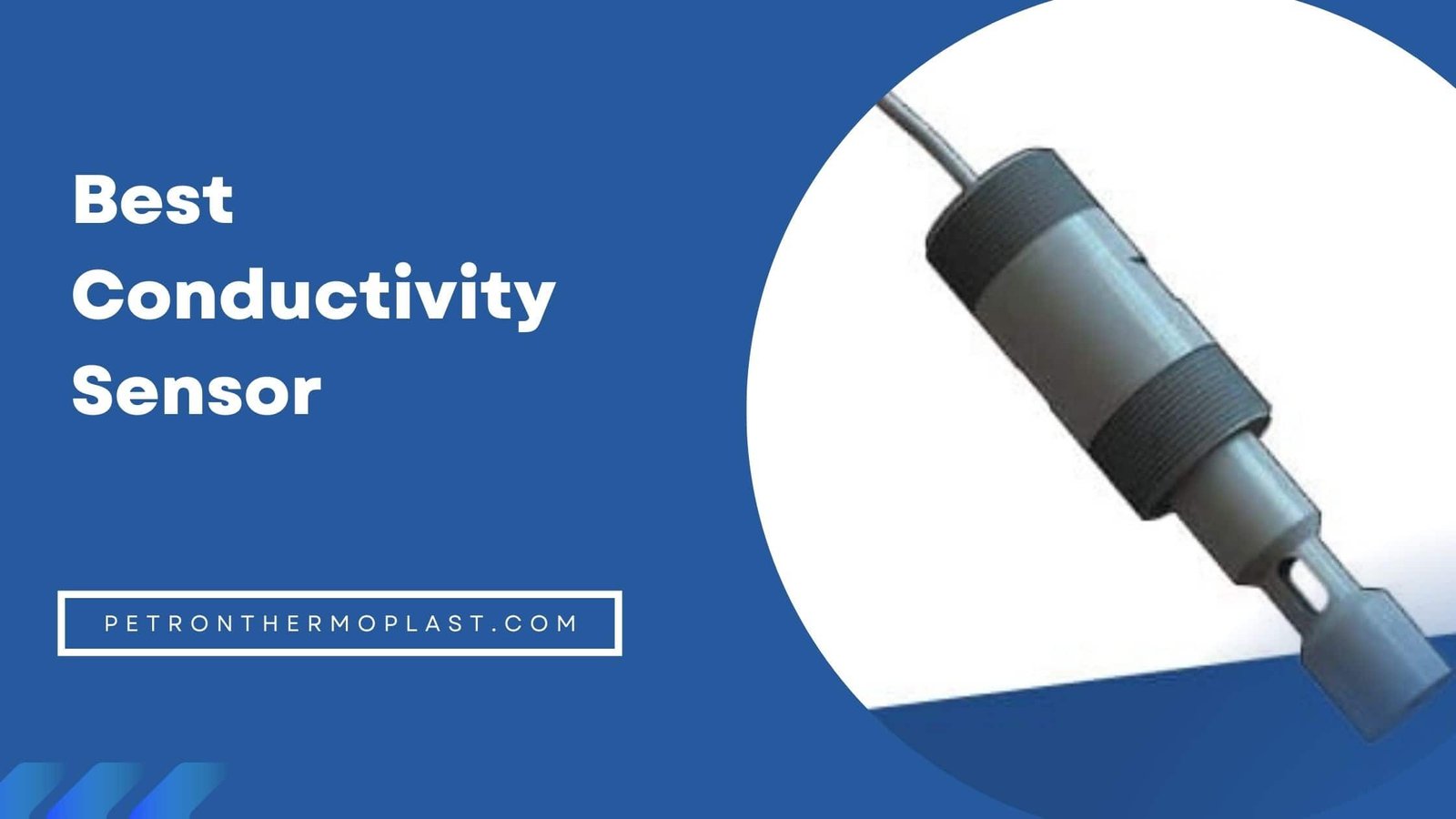Know Why An Effective Conductivity Sensor Is Required And What Are Its Major Applications?
Conductivity (or, more specifically, electrolytic conductivity) is a substance’s ability to conduct electric current. It is the inverse of the more commonly used term, resistivity. All substances have some conductivity, but the amount varies greatly, ranging from extremely low (insulators like benzene and glass) to very high (silver, copper, and metals generally). Therefore, the conductivity sensor becomes crucial to check the conductivity from an industrial application aspect.
Click Here to Know more technical detail about Conductivity Sensors.
What is conductivity?
To some extent, all aqueous solutions conduct electricity. Conductance is the reciprocal of resistivity and measures a solution’s ability to conduct electricity (resistance). Adding electrolytes to pure water, such as salts, acids, or bases, increases conductance (and decreases resistivity). Conductivity is measured using a handheld conductivity and ph meter.
A conductivity system uses electronics linked to a sensor immersed in a solution to measure conductance. The analyser circuitry applies an alternating voltage to the sensor and measures the size of the output signal, which is proportional to conductivity. Because conductivity has a high-temperature coefficient, an integral temperature sensor integrated into its circuitry adapts the reading to a standard temperature, typically 25°C (77°F).
Historically, the “mho/cm” unit of conductivity measurement was used (a mho is the multiplicative inverse of an ohm). A conductivity of 1/100 mho/cm is equivalent to a resistivity of 100 ohms x cm.
What are the types of conductivity meters?
- Contacting-type conductivity metre:
A contacting-type conductivity meter is typically made up of two insulated electrodes. The electrodes are typically made of a special kind of stainless steel, titanium-palladium alloy, or graphite. The electrodes are sized and spaced to provide a known “cell constant.” A cell constant of 1.0 theoretically represents two electrodes, each square centimetre in the area and one centimetre apart.
- Electrodeless conductivity metre:
An electrodeless conductivity meter produces an alternating current in a closed solution loop and measures its magnitude. Toroid A, which induces an alternating current in the solution, is driven by the conductivity metre. This alternating current signal circulates in a closed loop through the sensor bore and surrounding liquid. Thus you can determine the conductivity.
Toroid B detects the magnitude of the induced current, which is proportionate to the solution’s conductance. The metre uses this signal to reveal the respective reading.
Conductivity metre applications:
The major applications are discussed below.
Concentration assessment and dilution regulation:
Conductivity metre readings are compared to charts, graphs, or previous lab readings to obtain extremely accurate and instantaneous chemical concentration values. It is the most basic and widely used application. It is true for dilution applications involving NaOH, H2SO4, and HCI, among others. Special non-linear direct reading metre scales are available in some cases where there is pervasive demand for the measurement.
Total dissolved solids in natural waters:
A summary of good conductivities is provided below.
- Accuracy, repeatability, and stability.
- Measures the concentration of any ionisable solute. It is simple to use, evaluate, and maintain.
- People can easily tailor sensor materials and arrangements to meet the needs of unexpected applications.
- It is suitable for use in a wide temperature range and pressure.
This relationship is quite repeatable and accurate for water from a single source. It provides a way to control the upper acceptable solids limit in industrial heating and cooling mechanisms that use re-circulating water. Water is re-circulated for economic reasons, but if evaporation losses enable solids levels to rise too high, scaling and salt precipitation will occur.
The user can attain greater economy while trying to prevent equipment damage by controlling the conductivity of the system bleed valve. The measurement is commonly used in cooling towers and boilers but may also be used in swimming pools, fountains, and other closed water infrastructure.
Single point or differential leak detection:
Spills or leaks can be detected using a single conductivity metre measurement at a point of interest expected to create a significant and strange change in conductivity. Thus, a plant effluent channel sensor that normally runs at 10,000 umhos could easily identify a small amount of HCI while missing entirely acetic acid.
Monitoring boiler return condensate for process contamination and measuring the quality of high-purity water are two excellent single-point applications (distillation, reverse osmosis, etc.). One measurement is taken before the potential leak or spill location, such as the inlet of a heat exchanger. A variable evaluation with the best conductivity sensor can be used when the conductivity of the contaminant is less than the normal steam fluctuations caused by other factors.
Selective chemical measuring system in mixed solutions:
The effect of soluble materials on conductivity can vary dramatically. A dilute solution of 2% acetic acid has a conductivity of just under 1000 umhos. If they were both in solution, acetic acid would not cause significant interference in the measurement of HCI concentration.
Similarly, acetic acid concentration could not be observed in an equal (or much lower) concentration of hydrochloric acid. Even if the HCI were constant, there would be an insufficient resolution to see the impact of the acid.
Indicator of neutralisation:
As previously stated, H+ and OH- ions increase conductivity more than equal amounts of any other ions. It leads to an intriguing and underutilised measurement property of a titration or neutralisation end-point detector.
Petron Thermoplast provides the best quality sensors for various applications. We offer our products at an affordable cost. Hence, you can purchase our effective conductivity sensor easily and use it for different industrial purposes.




